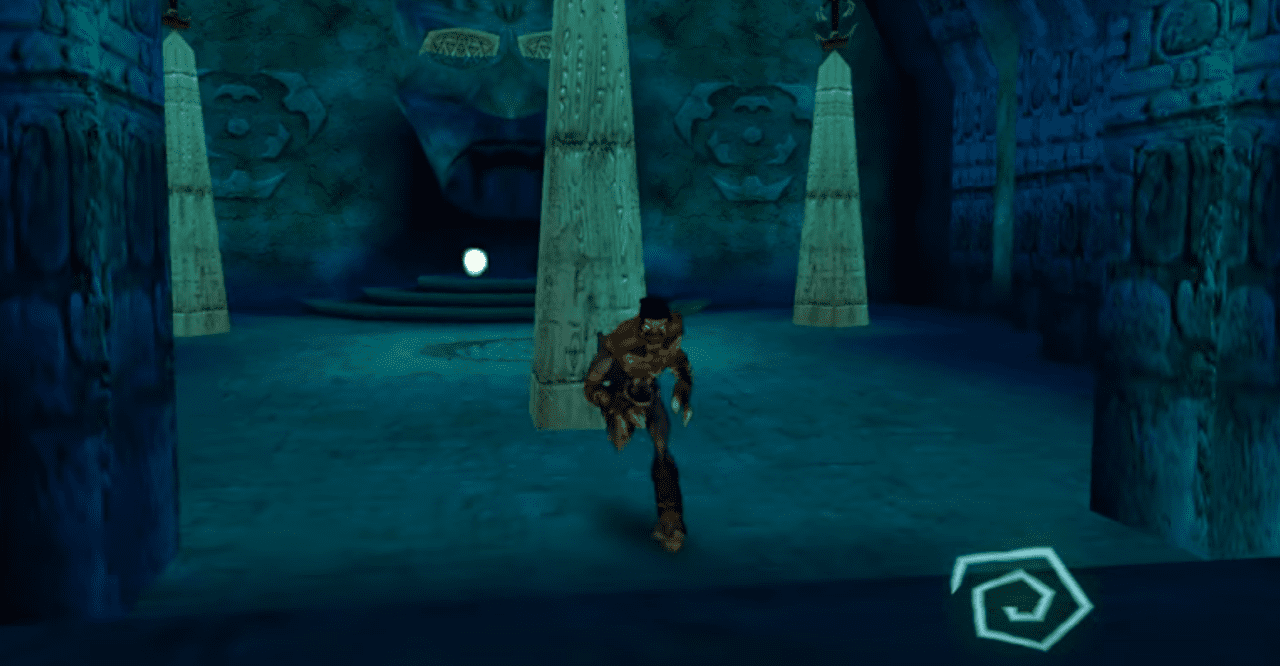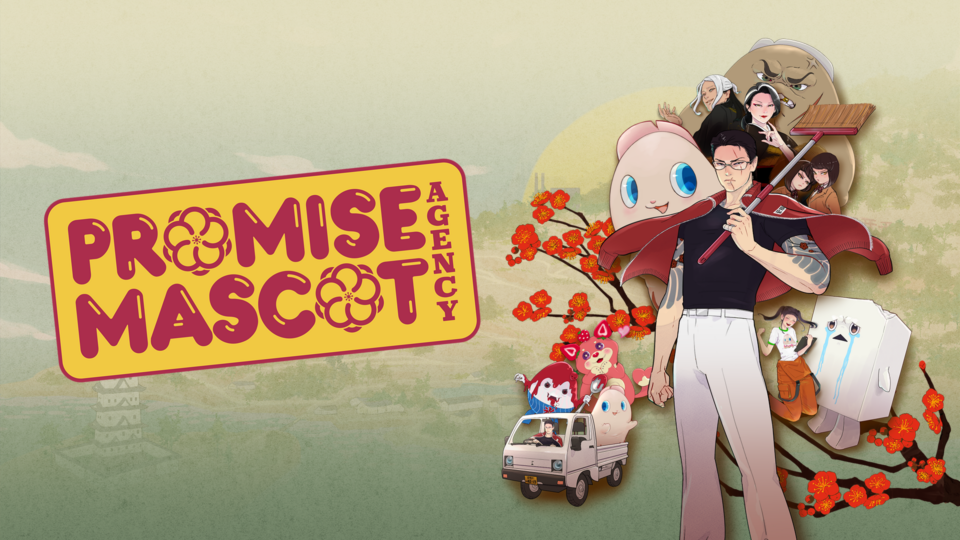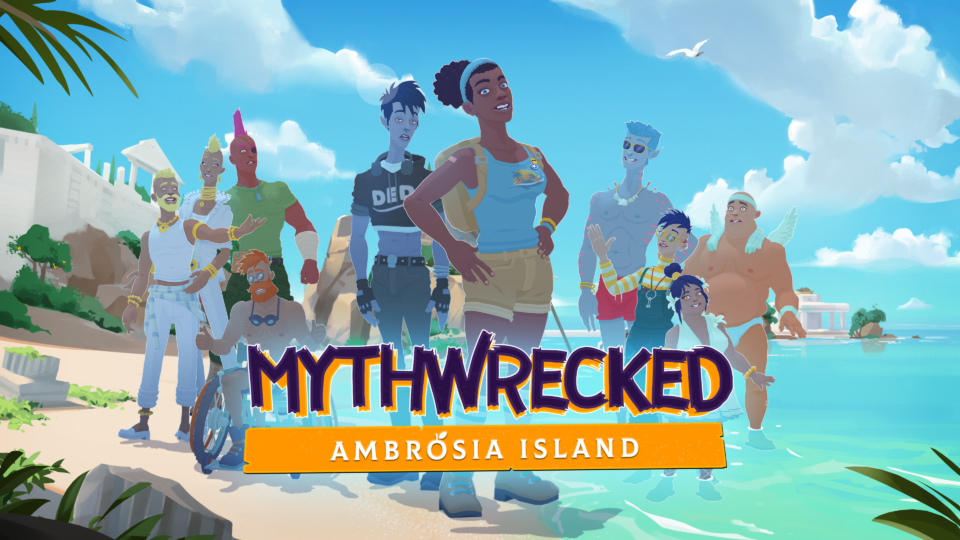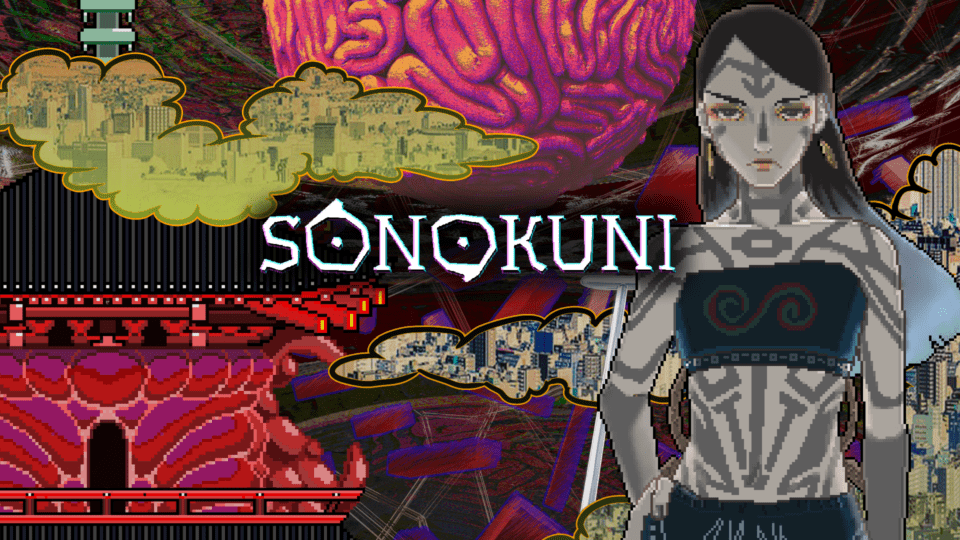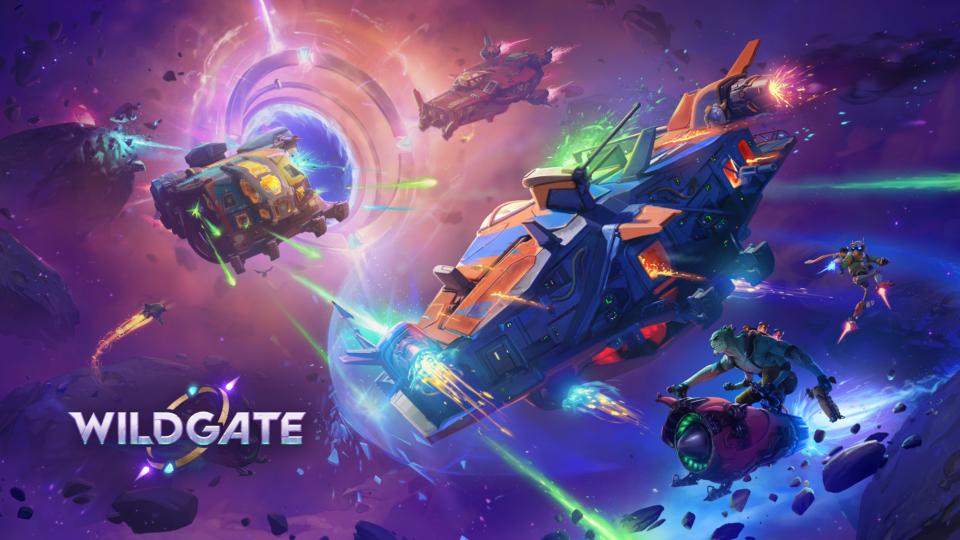Want to know something Anthem understood? Jetpacks are cool. That’s a sentence I never thought I’d open a video with. It’s true, though I wonder if it’s because they sit on that threshold of science fiction and science future, but they always have an appeal.
Anthem understood this, and so too have many games succeeded off jet packs’ jet backs. And now, 25 Years after the original, a sequel straps on those jets and tries to soar to success and avoid becoming a sci-fi Icarus… This is Outcast: A New Beginning
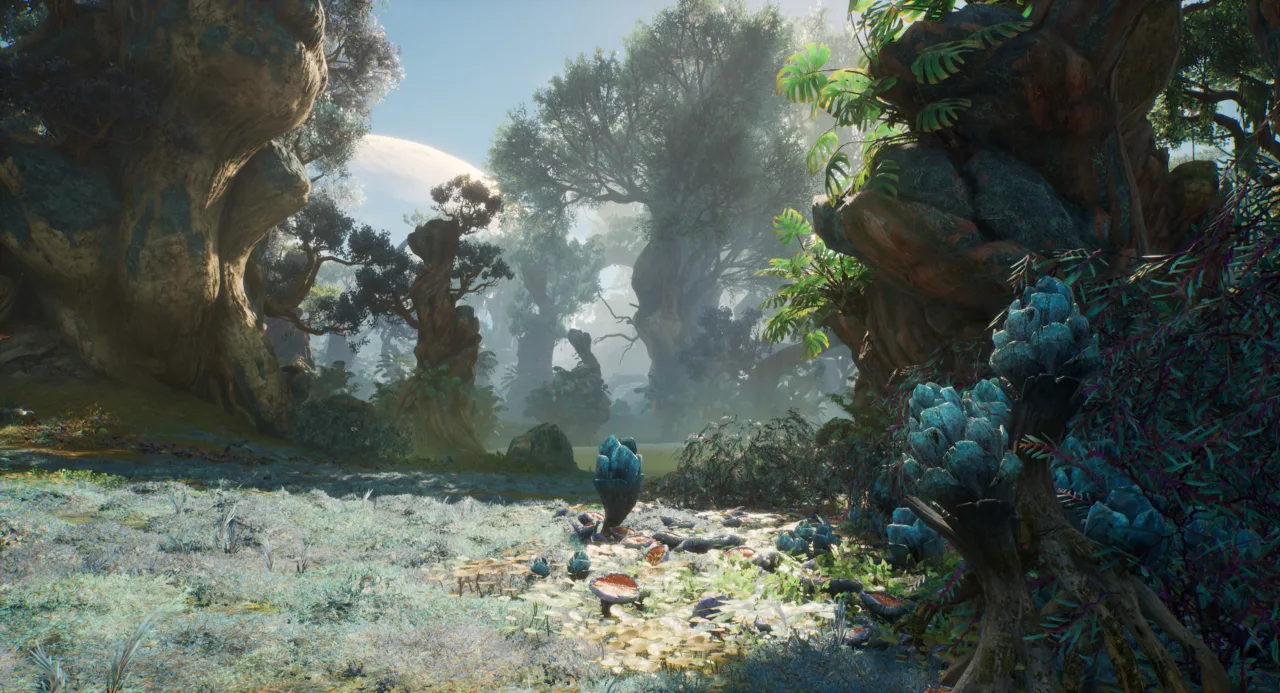
25 years since the original Outcast was released to the world, and now we’re back with an open-world sequel from Appeal Studios, a team comprised of old faces who worked on the original and some new ones mixed in. We’ve seen the original in several forms since 1999. With Outcast 1.1 in 2014, and in 2017 Outcast: Second Contact which, despite the name sounding like a sequel, was a remake of the original as well.
A lot can happen in 25 years. The Matrix released back in ’99, so did Iron Giant. Tony Hawk’s Pro Skater, Final Fantasy 8, Donkey Kong 64. Look, all I’m saying is that the sands of time are slowly eroding us all, turning our memories against us. ANYWAY. Outcast A New Beginning takes into account the fact you may not have played the original game; it’s not expecting you to be up to speed on the lore and history. If you’ve played Outcast, it’ll help; if you can remember it, it might even help a bit more. Don’t worry though; they’ve thought ahead. The protagonist has amnesia, so you’re both going on this journey of discovery together.
I usually feel like amnesia is a cheap trope when it comes to media, especially sequels using it to have the protagonist forget being level 80. Outcast: A New Beginning using it I’ll forgive as it helps with the inevitable Google search of “Do I need to play Outcast before playing Outcast: A New Beginning” and it’s a great way to level the playing field for Cutter Slade and you. That’s right, we’re playing the sequel to a 90s game, so the protagonist will have an exceptionally 90s name. Introducing Cutter Slade, a guy who’s only spiked shoulder pads away from sounding like he’s an X-Men character. 25 years is a long time between games and there’s a good amount world building to go over. Have no fear though, Appeal Games have thought of this as well, including a handy glossary that you can call upon any time during conversations, because there are a good number of words to try and remember.
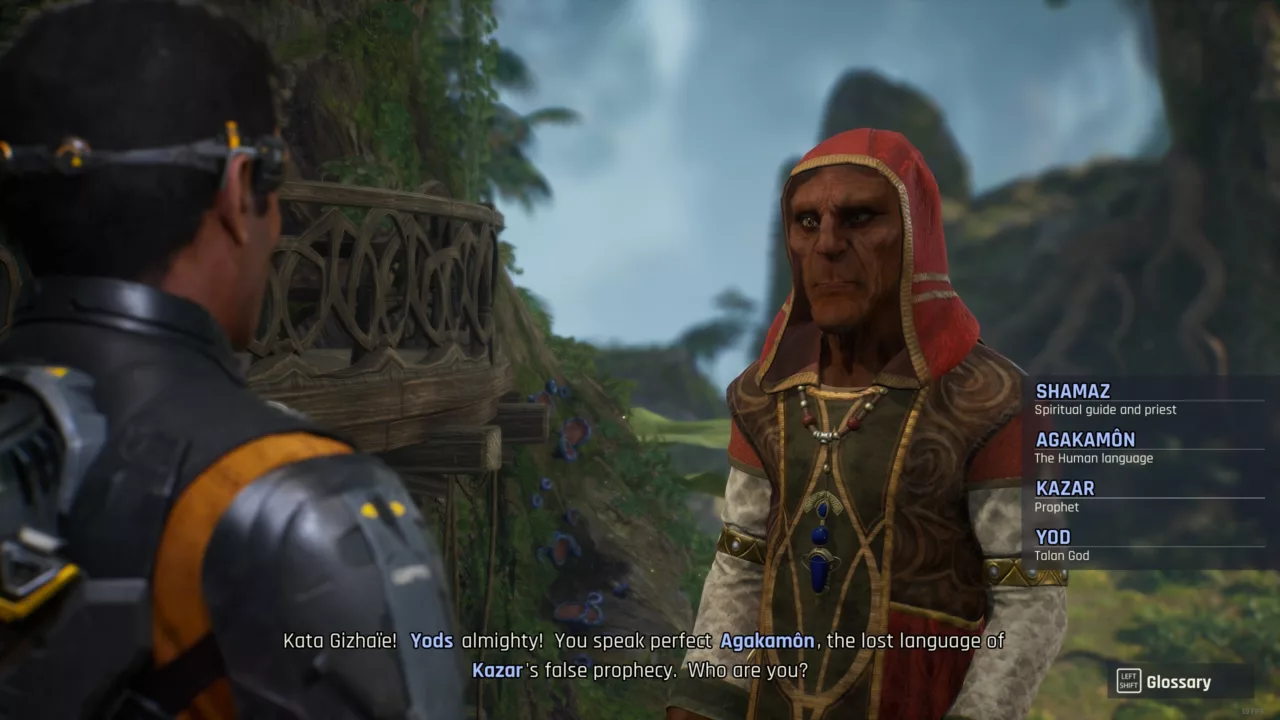
It feels like hitting the ground running, like starting a new fantasy novel filled with names and places in that first paragraph. Truth be told, though, it works. It helps flesh out the world in a way that feels organic and natural. Something that always amuses me is when someone in a sci-fi or fantasy novel exclaims, “What on earth?” Small things like greetings and expressions help build out a believable world.
And that’s one of the things that set Outcast apart back then, and yet again sets Outcast: A New Beginning apart this time around. This is an open-world RPG that comes out swinging regarding the story. It’s not perfect, and it does stumble in places, but the story is one of the strongest parts of this little RPG. Let’s get into it. You, Cutter Slade, are the Ulukaï, saviour to the Talan people and all of Adelpha, as the invaders from above are looking to bring sankra to this land. The overall story starts off looking pretty familiar; it’s space imperialism 101, and that’s nothing new; humans rock up to a planet and try to subjugate the people for one reason or another. How this plays out as a larger scale story is… Fine. I personally think it wobbles towards the end, but there’s nothing wrong with the overall concept; classics are classics for a reason.
The true strength shines on the individual level of who we interact with on this journey. Those boots on the ground are essential, it doesn’t matter if you’re saving the world or dealing with a more personal quest, if the characters you’re dealing with are flat and boring, or just simply knobs, then you’re not going to enjoy your time in that world. Throughout my entire time in Outcast: A New Beginning, I did not meet a single character I hated based on poor writing, except for one of the main antagonists. And he felt more like a side character anyway, just popping up now and then to either remind me that he was still around or to do something evil to move the plot to the next beat.
The whole human threat is integral to the story; it’s entwined with it in a way that you can’t separate them; it would be like pulling apart a double helix. At the same time though the part of the story I want to spend more time with is the Talan homeworld, both before and after the story takes place. Those individual Talans you’re interacting with start in interesting places, and end in interesting places. I would love a sequel that deals with a more grounded problem that allows more discovery of that world rather than thrusting the problem of humanity into the mix.
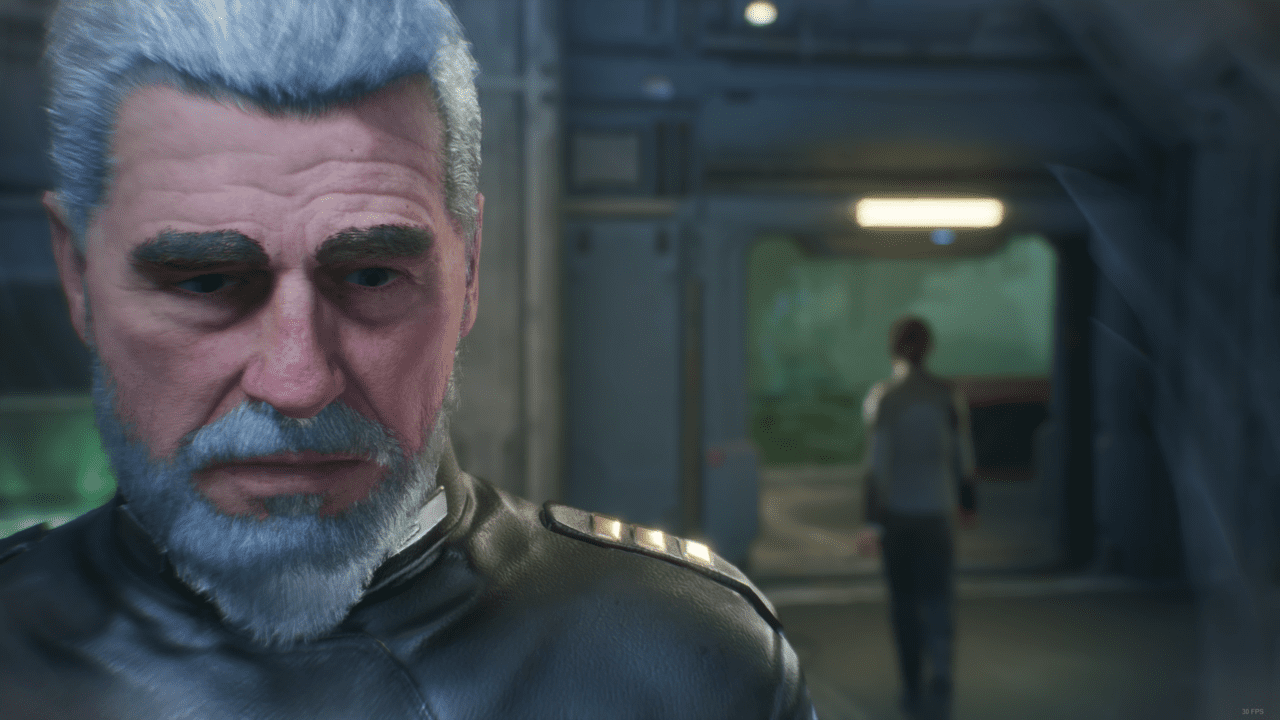
That feeling of everything being connected, unity, and interconnectivity is core to Outcast: A New Beginning. The non-linear structure of the main quest, combined with some of the more intrinsic design choices, means that not only are you free to approach whichever village quest you want to, at whatever time you feel like. It also means that you’re going to see a world design that more modern games should try to emulate. The main quests are divided into several parts, each revolving around a different problem within the village. The village of Emea, deep within the southern jungle, has its own problems to focus on compared to the mighty pillar village of Desan in the northern desert, and yet, they’re still connected.
In video games, typically, when you rock up to a new hub, you’re dealing with local problems that have local solutions. Outcast: A New Beginning instead has this strong backbone of unity among the Talan people. You’re dealing with local problems, but sometimes the solution isn’t local. Villages on Adelpha each have their own unique specialities, from growing fruit to fishing to mining. Based on the environment surrounding the village, they were built in different locations for different reasons. Making Lampe requires the best fruit, which just so happens to come from Emea. If you need a food source, look no further than the fishing village of Sappa. Villages have their own strengths and rely on others for theirs. It’s honestly crazy to see a sequel to a game from the 90s just turn up and show some of the other RPGs how to do world design and make everything feel like one true world rather than several areas stitched together to create a bigger tableau.
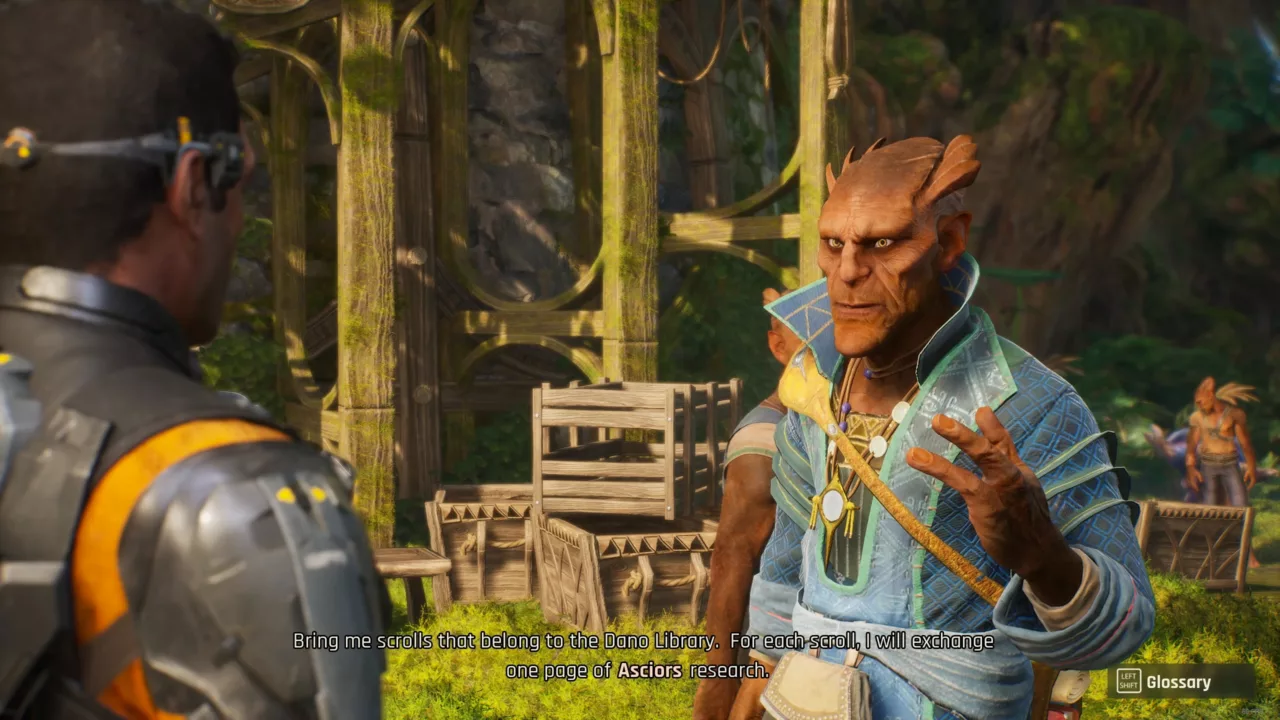
That’s not to say the non-linear structure works flawlessly. It does allow freedom, but it also reveals a looseness to the story. Several times during my playthrough, Cutter Slade would come out with a voice line for something that had yet to happen or would be having a discussion and completely forget he’d already met the other person being discussed. Understandably, not every situation can be factored in. Still, it harms the intention of creating that true non-linearity, leaving you wondering if there’s a correct order to things.
Outcast: A New Beginning is at its finest when you’re helping locals in the villages with personal quests and soaring around the environment on your jetpack and glider to facilitate those. Appeal Studios has nailed what enjoyable traversal feels like. Whether using the upgraded jetpack to speed along the ground twisting and turning through tight pathways or the glider to soar unabated across the skies, both tools are perfect. Several times throughout the game, I found myself travelling to the two highest villages and just using the glider to check areas of the map as I passed over them. At other points, I was zipping around with the jetpack, collecting crafting materials. It understood how to correctly limit the traversal skills while not frustrating, and I know that I’ll be comparing games to Outcast: A New Beginning for a long while because of it.
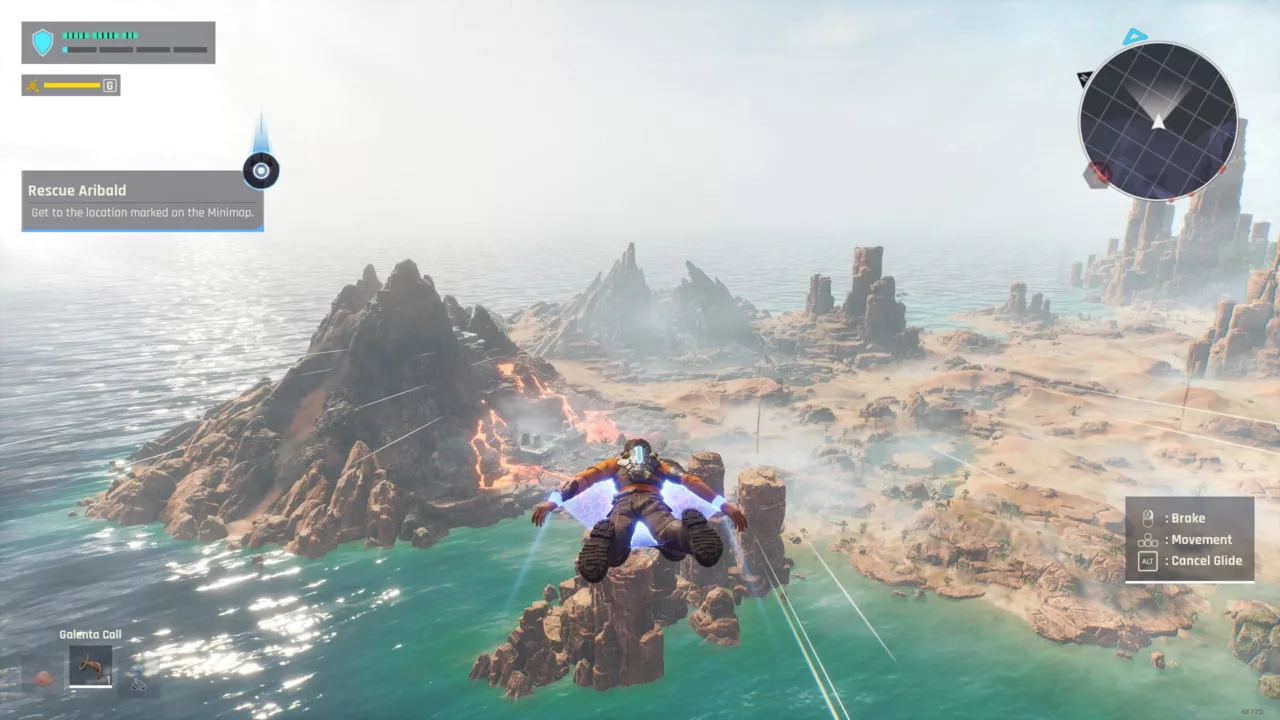
It’s one of the most important parts of a game; you know you’re going to be travelling around, and when you’re placed into an open world setting, there’s a lot of world to explore, and that traversal has to feel enjoyable; if travelling is tedium, then there is no desire to explore. You can spend a reasonable amount of time in Outcast, wandering off from the main goal simply to check out the sights and sounds of Adelpha. The standard affair of biomes is here to discover, from jungles to deserts, mountains to beaches, and everything in between, and Outcast: A New Beginning gives you the option of checking them out from the ground or the air. Both work; the tightness and speed of the jetpack allow you to dash around, versus the more direct approach of the glider that gives you a bird’s eye view to find exactly what you are looking for. I’d love to see more tucked-away characters or little side quests to find in small areas of the world, but this isn’t meant to be a giant 200hr RPG, and I get that.
At this point, you must be thinking damn Dave, you’re really liking this game, that’s a whole lot of praise you’re giving it, and it’s at this point that I make that Yeah but noise.
There are some ideas here that I wish more games took advantage of, and then there are some that I wonder why they didn’t get as much attention. The quest design has a heavy reliance on that feeling of interconnectedness. Every single village quest will send you off to the other villages, and that starts off great, but when you know what’s coming every time you talk to someone, it becomes formulaic and predictable. You understand that each step will either send you out to gather X or visit Y. Sometimes, it’s even going to do both. Outside of the formulaic nature of the design, there’s also a weird reliance that borders close to obsession with escort quests. I’ve made my feelings on escort quests clear recently, and I can tolerate them, but Outcast: A New Beginning has an abundance of them, ranging from taking something for a walk because it’s sad to bringing back a prize sheep herder.
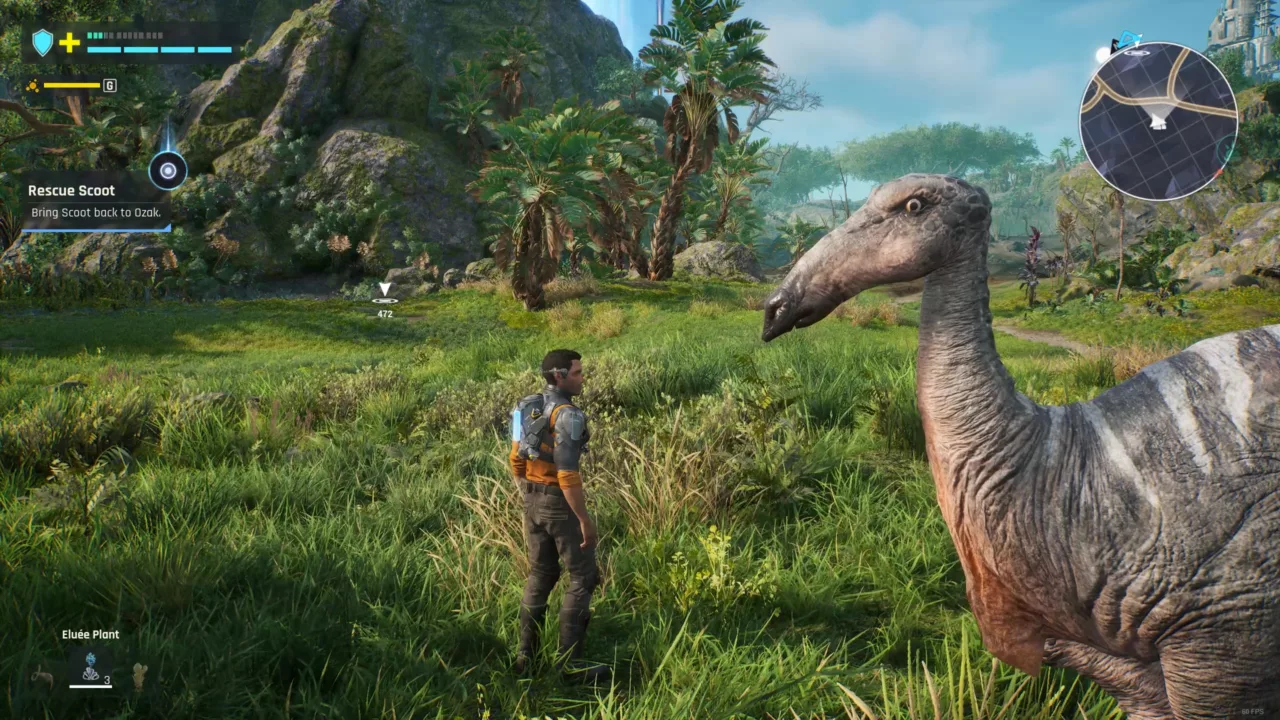
This frustration is only amplified when you realise that the game has a staggeringly low amount of enemy variation, which is then bolstered by adding coloured variations of the same creatures and enemies. Instead of fighting blue droids, you advance to fighting red ones; instead of regular Krakit’s, you’re fighting a fire version. There is a lost opportunity here to expand on the original. We see the return of Krakit’s, Zeedogs, and Kamenai, as well as Gamors and a brief skirmish with some Sannegta’s. And that’s fine for a game in the 90s. I just feel that if I spend 20 hours in a world, the enemies I’m killing in the first 2 hours should vary from those I’m killing in the last 2 hours.
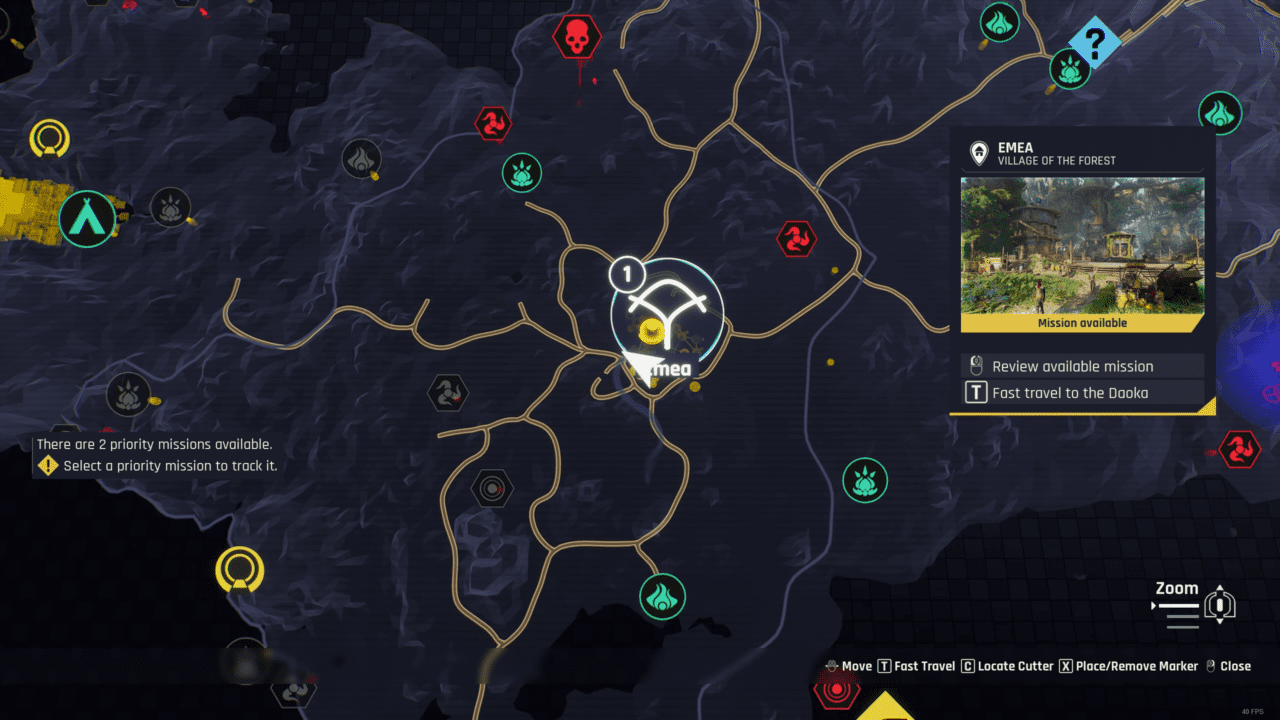
This lack of variation also doesn’t enamour itself into side activities. The world is littered with side activities for you to do, but. In contrast to the quests all being so carefully crafted and intertwined, you’re looking at a standard buffet of seemingly meaningless endeavours that, at some point, will boil down to completion for the sake of achievements. You can find shrines throughout the world to increase your health, which requires following a spirit through a parkour trail. An Orym Trail that wants you to complete another parkour trial in exchange for some upgrade currency. A set of 4 larger versions of the shines dedicated to Fire, Earth, Air, and Water. And then 2 combat-style activities, clearing outposts around the map for weapon upgrade modules and clearing gork growths for gork… GORK.
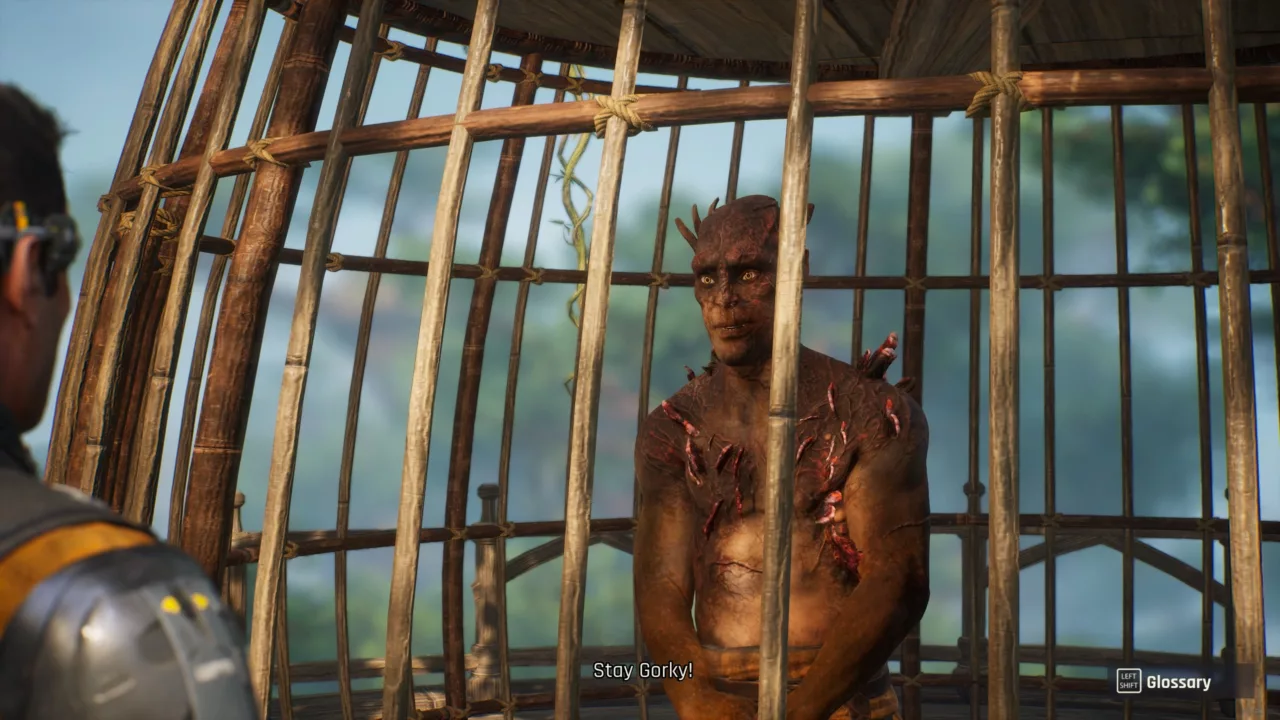
Those weapon upgrades from outposts I mentioned are important up to a point as well. Outcast: A New Beginning doesn’t have a plethora of weapons at your disposal. Instead, you have 2, a smaller pistol and a larger rifle. You then customise those weapons through upgrade modules that you can slot into them. Initially, you’re limited on the options available and the slots you’ve unlocked, but towards the end of the game, you’ll have more variety in the modules you’ve found, and more slots on each weapon unlocked. At the start, I was running a pistol with rapid fire. Towards the end of my time on Adelpha, I’d converted the pistol into my healing weapon that didn’t need to worry about overheating or ammo. The rifle shifted throughout as well, starting life as a fast-firing assault rifle before evolving into a single-fire sniper rifle that took 10 ammo per shot, and then a brief dance as a shotgun to test it out before settling into its final form, utilising all the drone damage modules I’d found to just clear outposts faster.
The world is also littered with crafting items to pick up, enabling you to craft potions to help you on your journey, and I’ll be honest, this is the system I used the least, simply because I didn’t ever feel the need to use them. I dipped my toe in and crafted a few, but the AI I was facing never posed enough of a challenge that I felt I needed that upper hand of “everything at my disposal”. I love a good crafting system, and the idea of one is here. You might end up crafting them if you need a helping hand, but it’s not a World of Warcraft raid; you won’t be prepping up with buffs before you take on an outpost.
These are the sort of side activities and systems to dip your toe in while you’re waiting for the main quests. Did I forget to mention that the main quests have timers to come back later? Yep, that’s also here, and this one is a good thing as it can gently nudge the player into either tackling a few side activities in that downtime or venturing to another village to aid in their quest. There’s that interconnectivity again, the backbone of the world of Adelpha showing its strength.
It’s that backbone that kept it going throughout my playthrough, and that backbone, combined with a campaign that came in just under a svelte 20 hours, made sure I didn’t tire of it. Outcast: A New Beginning feels like the return to an era of AA RPGs to me, and I genuinely mean that as a compliment. It’s not perfect; it has some jank and outdated systems, but it has a core strong enough to hold them up just high enough.
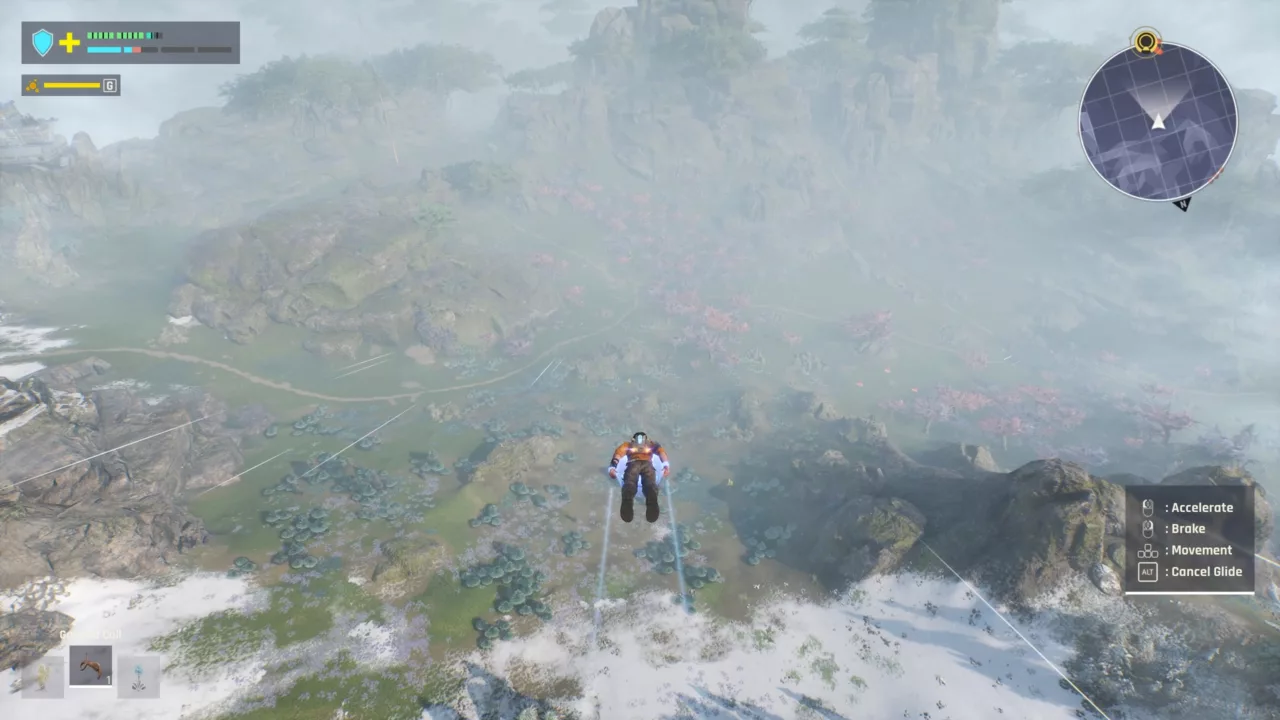
And look… Throughout a sea of games requiring you to invest over 100 hours or log in daily, there should be a cutout little sanctuary for shorter games, and that doesn’t have to be home to visual novels. There was a time when shorter RPGs were an excellent palate cleanser; they didn’t overstay their welcome, had their own quirks and jank that added to the charm. Just being happy to tell you a short story on your long, tired journey through new releases and clogged up backlogs of good intentions. A game that sits down next to you, smiling, asking if you’ve had a rough day and letting you have just enough depth, just enough systems to keep those dopamine drips coming while not burdening you with the responsibility or guilt of needing 100 hours.
I’m okay with those sorts of games existing, they’re great additions to everything else. On top of that, I love the idea of sequels or remakes of old games from bygone eras, taking a game that consisted of cylinders stacked on cubes for a main character and turning them into the vision we have in our head of what they looked like back then. Because nostalgia is a powerful thing, and if we’re looking back to ’99 for game ideas, there’s another one I can think of.
